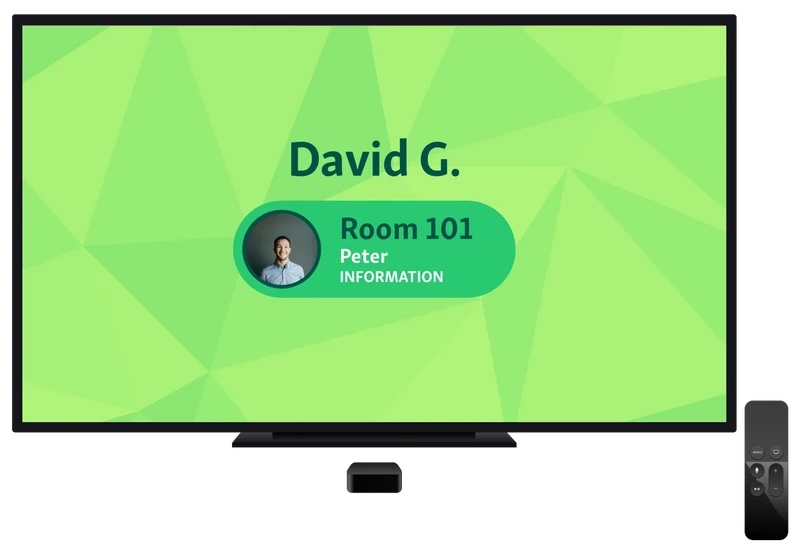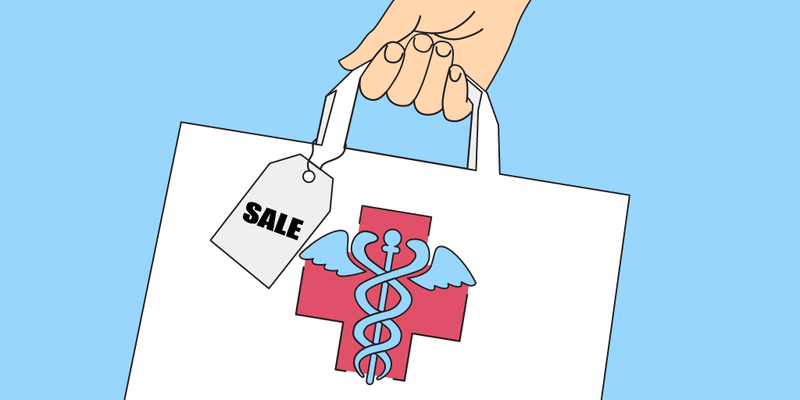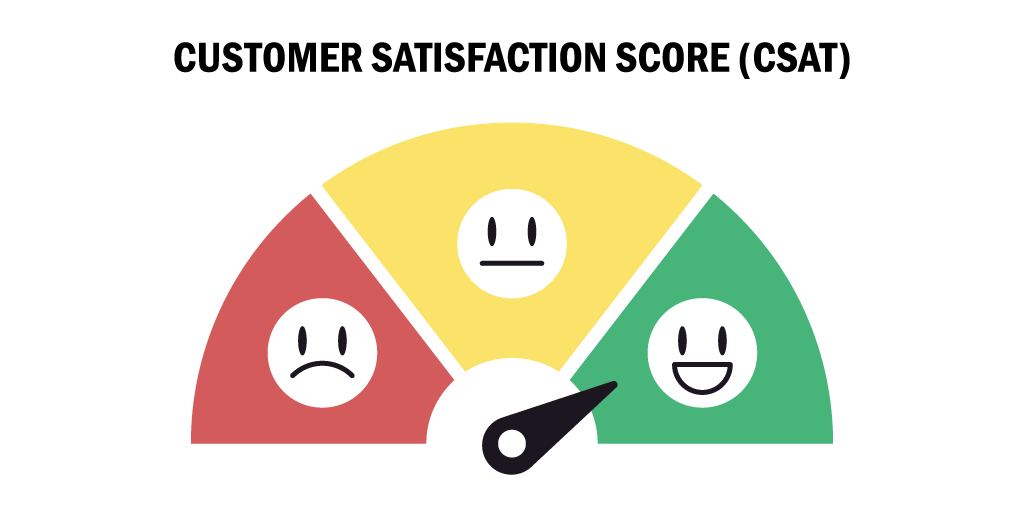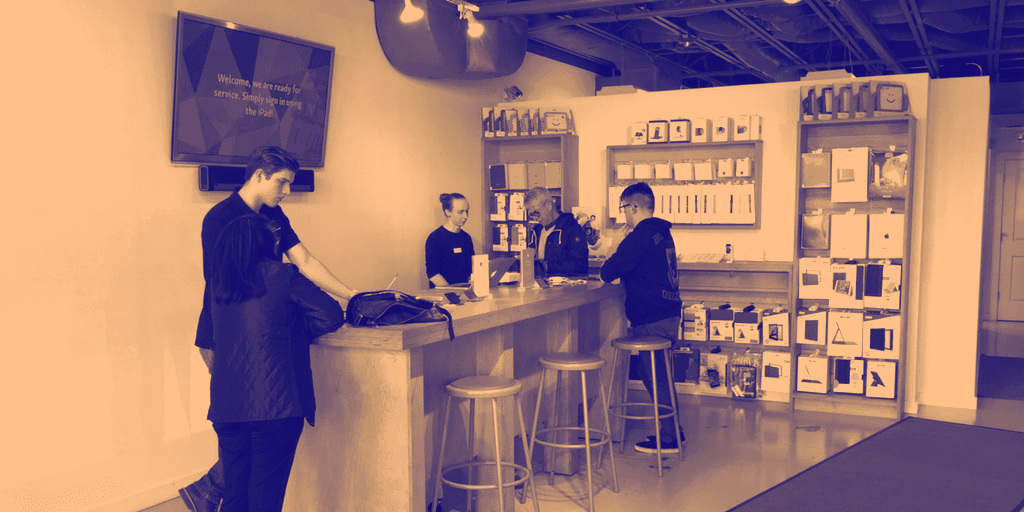When it comes to patient experience in healthcare, the stakes are high. People aren’t just waiting in line, they’re waiting in pain, in uncertainty, in frustration. And yet, healthcare lags behind industries like retail or banking when it comes to service design.
The question isn’t whether patient experience in healthcare can improve. It’s how. And the answer lies in the world of customer experience.
From seamless check-ins to proactive communication and personalization, healthcare providers can learn a lot by studying how to improve patient experience in healthcare using the same strategies that drive great customer experience in healthcare.
In this blog, we’ll explore what healthcare can borrow from the best customer experiences, why it matters, and how to put it into practice.
What Is Patient Experience?
Patient experience refers to the full range of interactions a person has with a healthcare system, from scheduling and check-in to receiving care and follow-up communication. It includes not only clinical outcomes but also how patients feel during every step of their visit.
A positive patient experience means more than just short wait times. It’s about clear communication, feeling respected, being informed, and having a smooth, low-stress journey through the system.
Customer Experience vs. Patient Experience: What’s the Difference?
While customer experience and patient experience in healthcare share the same core principle, serve people well so they come back, the context and expectations differ. Patients are often in a vulnerable position, receiving care out of necessity rather than choice.
Unlike customers, who can guide their experience to some extent, patients have limited control over their journey. That makes empathy and clarity non-negotiable.
Here’s a side-by-side comparison to highlight the key differences:
Aspect | Customer Experience | Patient Experience in Healthcare |
Choice | Customers often have many options and actively compare them | Patients may have limited options due to insurance or location |
Control | Customers control the timing, channel, and pace of interactions | Patients must often follow provider availability and medical protocols |
Motivations | Customers seek convenience, value, and satisfaction | Patients seek care, relief, and trust |
Switching | Customers can easily switch brands or providers | Patients face friction switching due to records, trust, and systems |
Despite these differences, the goal is the same: provide clear, compassionate, and efficient service so people feel cared for and want to return.
Healthcare doesn’t need to become retail, but it can absolutely borrow its best practices, without losing its integrity.
You might also like - Single-Line Queues Vs Multiple-Line Queues: Which One Is Better?
How to Improve Patient Experience: 5 Practical Strategies from Customer Service
Customer experience has redefined expectations across industries. Patients now want the same clarity, care, and convenience they receive as customers elsewhere. Here are five practical ways healthcare can apply those lessons to improve patient experience in healthcare.
1. Empathy in Staff
In retail, empathy is part of the job. It’s how staff connect with people and why customers come back. Healthcare can learn the same thing. When patients feel empathy, especially on stressful days, they relax, feel respected, and trust the care they’re getting.
How to bring it in:
Show staff how to listen first, talk second.
Include empathy when giving feedback, not just technical notes.
Practice quick role-plays in team meetings to prepare for real situations.
Share small acts of empathy during handovers so others notice.
Example:
A mom comes to the desk with papers falling out of her bag and a toddler crying on her hip. She’s clearly overwhelmed. Instead of sliding forms across the counter, the receptionist offers to go through them together and hands the child a sticker. It only takes a couple of minutes, but it changes how the visit starts.
2. Focus on Communication
In customer experience in healthcare, clear communication is often the difference between trust and frustration. Yet studies show 57.3% of patients can’t even name their doctor. That disconnect speaks volumes. If patient experience in healthcare is going to improve, communication has to become more human, more intentional, and more consistent.
What healthcare teams can do:
Share short bios or “meet your provider” cards to build familiarity
Use names often and repeat key instructions clearly
Be mindful of non-verbal cues, eye contact, tone, and open posture
Start visits with a warm greeting and a simple explanation of what to expect
Example:
At a pediatric clinic, providers introduce themselves with a photo card that includes their name, specialty, and a fun fact (“I love baking cupcakes with my daughter”). Parents remember the name. Kids feel less intimidated. And the overall patient experience in healthcare improves with just a few personal touches.
3. Invest in Technology
In retail, technology is everywhere, but you barely notice it. That’s the point. It smooths the experience, removes friction, and keeps things moving. Patient experience in healthcare deserves the same seamless feel. With the right tools, healthcare visits don’t have to start with frustration.
What healthcare teams can do:
Use queue management systems like Qminder to streamline check-ins
Offer remote sign-in and estimated wait times to reduce anxiety
Enable self check-in kiosks to give patients more control
Give staff real-time visibility into who’s waiting and why

Example:
At a busy urgent care clinic, Qminder is set up at the entrance. Patients check in via iPad or their phones, get updates via text, and see their place in line on a screen. Meanwhile, staff can view each patient’s reason for visit before the interaction starts. The result: less chaos, shorter waits, and a smoother patient experience in healthcare.
4. Personalize Patient Experiences
In both retail and healthcare, generic service no longer cuts it. Patient experience in healthcare improves dramatically when people feel recognized and remembered. Personalization doesn’t require fancy tech, it just needs to feel thoughtful and consistent.
What healthcare teams can do:
Greet patients by their first name and offer a warm welcome
Mention past visits or health updates to show continuity
Provide small choices, like preferred communication channels or appointment times
Use signage, language, and music that reflect the local community
Example:
At a pediatric clinic, staff ask kids about their favorite cartoon character during check-in. That detail gets noted and mentioned at the next visit. It takes seconds, but it creates a meaningful, personal connection, and makes families feel truly cared for.
5. Optimize Service Design
In retail, the customer experience is never left to chance. Healthcare should be the same. The way a space looks and feels affects patients before they even meet the doctor. A good setup can calm nerves, cut confusion, and set the tone for the whole visit.
How teams can do this:
Add WiFi, charging spots, and comfortable seating in waiting areas.
Use clear signs and simple visual cues to guide patients step by step.
Put a TV in the waiting room for queue updates or short health tips.
Keep the space open, uncluttered, and easy to move around.

Example:
A family clinic updates its waiting room with soft lighting, plants, and a screen showing wait times and health videos. Patients feel calmer, know where to go, and stay informed while they wait. It’s a small shift, but it changes the visit from stressful waiting to a more positive start.
Also read - Patient Journey Mapping: Making Healthcare Experience Better for All
Turn Lessons Into Action
Improving patient experience in healthcare doesn’t require a full reinvention. It starts with adopting proven practices from customer experience—clear communication, empathy, personalization, smart use of technology, and better-designed spaces. Patients, like customers, want to feel cared for, not processed.
Qminder helps healthcare providers bring these principles to life. With queue management, self-check-ins, and real-time visibility, it’s built to improve flow, reduce stress, and elevate every patient touchpoint.
Start your free 14-day trial with Qminder and turn great intentions into better experiences.
Start by observing the full journey through a patient’s eyes. From the moment they walk in (or try to book an appointment), take note of where delays, confusion, or friction occur. Use anonymous surveys or short post-visit texts to collect honest feedback and identify recurring issues.
Yes. Studies show that patients who feel heard and cared for are more likely to follow treatment plans, return for follow-ups, and report higher satisfaction. Empathy and clarity don’t just feel good, they lead to better health outcomes.
Small changes go a long way. Set expectations clearly, create a calm environment, and use tools like Qminder to automate check-ins and communication. Reducing manual tasks frees up your staff to focus on what matters most, connecting with patients.






